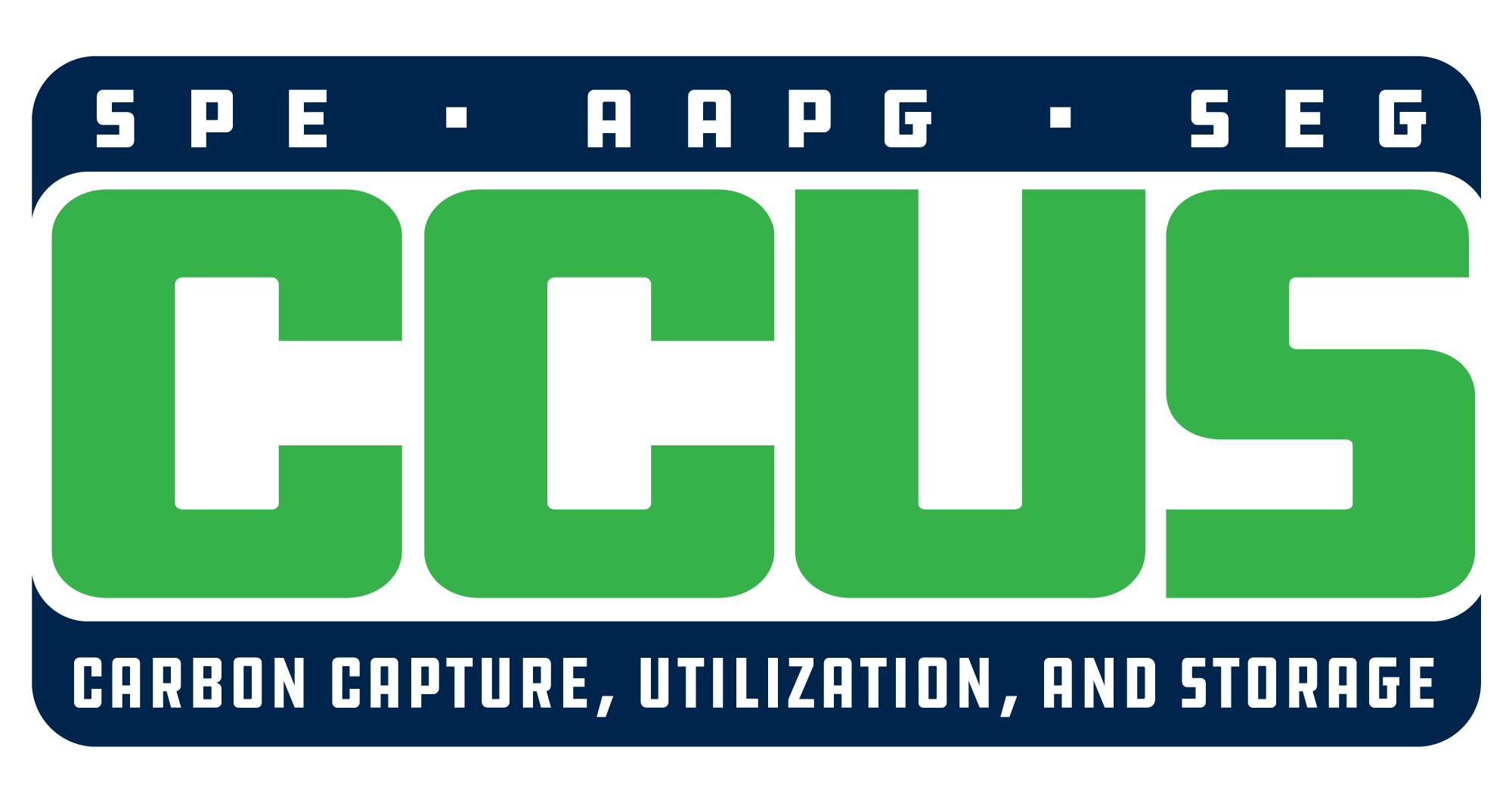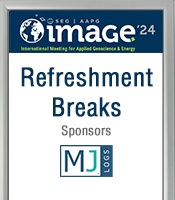For the first time in the US a change in a government program has made the subsurface sequestration of CO2 economic. The recently passed Inflation Reduction Act will increase the sell-able tax benefit to $85 per metric ton (known as the 45Q) on fully captured and sequestered CO2. What this means is that all major emitters of CO2 in the US now have both the social and the economic incentive to pursue Carbon Capture and Sequestration (CCS) opportunities.
Even with the credit, the controlling factor on successful CCS is still economics. The main components for below ground CCS are the volume of CO2 separated and available, determining where that gas volume can be stored, the cost of separation and transport, cost of processing and injection and the cost of monitoring. Many of these factors are either directly related or partially related to subsurface controls. For example, the proximity of an adequate geological storage zone to the source of CO2 has a major impact on transportation costs.
As companies begin to evaluate their below ground CCS potential they will be relying on large amounts of legacy data from the oil and gas industry, particularly well logs. No one has a larger library of well logs in the US than MJ Logs, and because they have been in operation for over 50 years, they have both the new and the older legacy wells that will be critical to CCS evaluations.
As carbon capture utilization and storage (CCUS) becomes more prevalent one of the issues that will need to be addressed is the competency of the seal that ensures the CO2 will remain in permanent storage. Depleted oil and gas pools are a natural choice for storage as they have been proven to be able to trap and store gases and fluids (hydrocarbons) for millions of years. However, in many of these pools the seal has been penetrated by numerous well bores that were used to evaluate and exploit the resource or were drilled to deeper targets. These well bores can form conduits for the leakage of CO2 if they are not competent due to poor casing and cement jobs. A critical step in evaluating any potential storage site will be to confirm the competency of all the well bores that may lie within the path of the CO2 plume as it migrates into the storage reservoir, whether it be a depleted pool or a saline aquifer. The best tool for evaluating cement competency is the Cement Bond Log (CBL). Unfortunately, these logs are not always run or not captured in the well files to the same extent as open hole logs. If a well has not been abandoned, it is possible to run a suit of cased hole logs to evaluate the well bore. But if it has been abandoned CCUS operators will have to rely on any legacy well logs that may be available.
MJ Logs made it a policy to capture CBLs when they began building their library over 50 years ago and as they continue to update their log library. In the lower 48 they have over 250,000 CBLs including over 26,000 in the onshore Gulf Coast, 45,000 in Oklahoma, 32,000 in Wyoming, 22,000 in Colorado and 25,000 in North Dakota alone. If you are in the market for CBLs contact MJ to find the logs you need.








